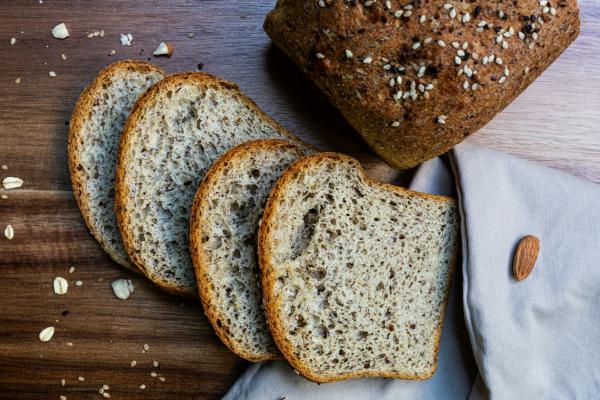


Finding the best bread for a ketogenic diet can be challenging as traditional varieties are often too high in carbohydrates. However, specific low-carb alternatives may still fit nicely into a keto lifestyle when consumed in moderation. This guide aims to identify bread options that are low in net carbs and nutrient-dense to support ketosis. Critical criteria for “best” keto bread will be examined, including prevalent types like almond and coconut flour varieties. Tips for homemade and store-bought options will be provided. The goal is to satisfy bread cravings while maintaining nutritional ketosis through high- fiber, low-impact carbohydrate choices.
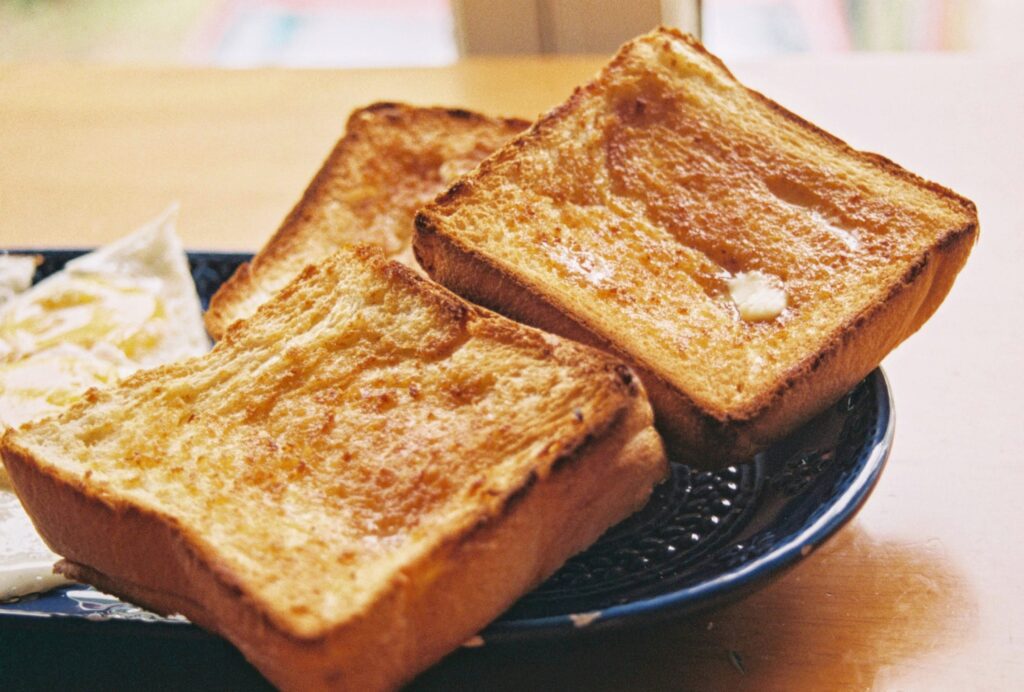
The ketogenic diet aims to induce a metabolic state known as ketosis through deficient carbohydrate intake. This is achieved by restricting net carbs to 20-50 grams per day, resulting in the body burning fat for fuel instead of glucose. In addition to facilitating weight loss, ketosis has therapeutic benefits and allows those with certain health conditions to manage symptoms better. Maintaining very low carb levels is required to remain in ketosis.
While traditional breads are too high in carbs, specific alternatives can fit nicely into a keto macros ratio when consumed mindfully. Low-carb bread options give dietary flexibility without disrupting ketosis.
Homemade varieties also ensure high-quality ingredients are used. By focusing on fiber-rich, low-net- carb choices, bread can still be enjoyed occasionally as part of a ketogenic lifestyle.
Various attributes must be evaluated to determine which breads are best for a ketogenic diet.
Net carbs should remain under 20-50g daily for ketosis support. Bread providing 5g net carbs or less per serving seamlessly fits keto macros.
The threshold is 5g net carbs or less per typical 1-2oz serving to minimize impact on ketosis.
Higher carb intake disrupts ketone production as glucose levels rise, moving the body out of nutritional ketosis.
Dietary fiber has a negligible effect on blood sugar and insulin levels. Keto bread should supply 3g+ fiber per serving from whole ingredients.
In ketogenic diets, fiber supports regularity, gut health, appetite control, and nutrient absorption.
Seeking bread containing seeds, nuts, and coconut added fiber to each portion.
Premium whole foods like nut flours nourish without unwanted additives potentially disrupting ketosis.
True keto bread avoids gluten and grains for optimal gut health and carb management. Nut/seed flours replace them seamlessly.
Total carbs include fiber, which negligibly impacts ketones. Subtracting fiber gives net carbs, which is most important for keto ratios.
Focusing on variations keeps gluten-free keto bread interesting and satisfying. With some experimenting, you can likely find your favorites!
Myth: All bread is off-limits on keto.
Fact: While traditional wheat bread is too high in carbs, there are now many brands of keto-friendly bread made with nut/seed flours and fibers that provide only 1-2g net carbs per slice.
Myth: Low-carb breads lack flavor and texture.
Fact: Many keto breads have come a long way – options now taste as good or better than regular bread due to their nutrient-dense ingredients like nuts and seeds.
Myth: Keto bread won’t fill me up.
Fact: By choosing brands higher in fiber, fat and protein, keto bread can be very satiating. Those macros help control hunger better than starchy wheat breads.
Myth: Bread will knock me out of ketosis.
Fact: As long as net carbs are tightly controlled to remain under 20-30g daily, enjoying an occasional keto bread in moderation will not disrupt ketosis for most people.
Myth: All low-carb breads are the same.
Fact: There is variety between brands – some are soft and fluffy, others dense. Check macros, ingredients, and reviews to find the best-fitting keto bread’s texture and taste for your preferences.
Myth: Keto bread costs more than regular bread.
Fact: While investment pieces like nut flour may seem pricey, keto breads often last longer due to less mold/spoilage compared to wheat. Per serving the cost can be comparable or less.
The best bread optimizes taste and nutrition to feel satisfying for hours versus knocking you out of ketosis. With the right selections, bread doesn’t have to be off-limits.
A: For most people, 1-2 slices is sufficient to stay in ketosis. Those with a higher daily net carb threshold may be able to tolerate an extra slice on occasion.
A: Unopened loaves stored in the freezer can maintain freshness for 3 months or longer. Refrigerated bread keeps 5-7 days and room temperature last 2-3 days.
A: Freeze loaves whole or pre-sliced and space slices individually if toasting from frozen. Refrigeration helps prevent mold – wrap slices tightly in plastic.
A: Toast at a medium temperature just until lightly browned but not dried out, usually 4-6 minutes. Watch closely as nut-based breads can burn easily.
A: Yes, keto bread can absolutely be part of child-friendly meals provided they stay within daily carb and calorie needs. Start with small portions.
A: French toast, bread pudding, stuffing, croutons, pizza crust, and casserole/strata toppings are all tasty uses beyond sandwiches.
A: Look for 1-2g net carbs, 3g+ fiber, a texture you enjoy that satisfies without hunger spikes or blood sugar drops soon after eating.
I hope these questions help provide clarity on enjoying keto-friendly bread options! Let me know if any others come up.
Choosing the best bread for keto comes down to finding an option that fits your macros and tastes. While traditional wheat bread is too high in carbohydrates, there are now many wonderful alternatives made from nut flour, seeds, and fibers. Selecting keto bread with 2g net carbs or less per serving, 3 g+ of fiber, and satisfying texture allows you to enjoy bread again without compromising your dietary goals.
Experimenting with brands is encouraged to discover your favorites. Remember to consider factors like flavor profile, convenience level, and how different breads complement your preferred recipes.
Maintaining variety helps prevent boredom long term too. Overall, focusing on high-quality ingredients and appropriate portion sizes means bread no longer must be avoided on a keto lifestyle. With the right selections, it can once again become an enjoyable part of your daily low-carb meals.








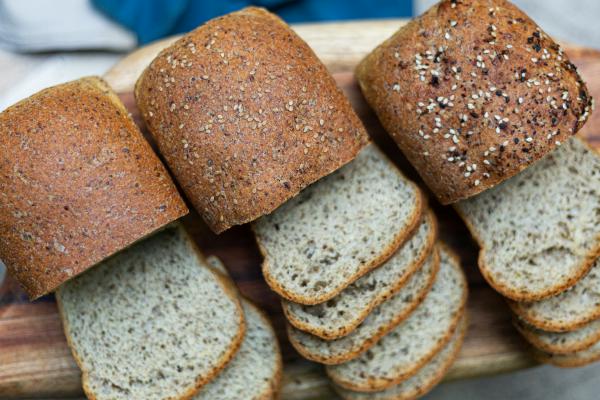


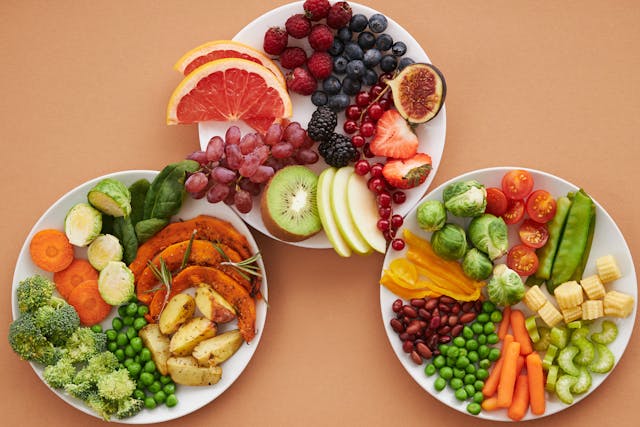






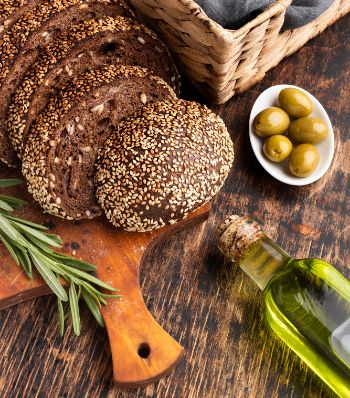

Sign up below to receive exclusive deals and be first to know when delicious new products are coming out.